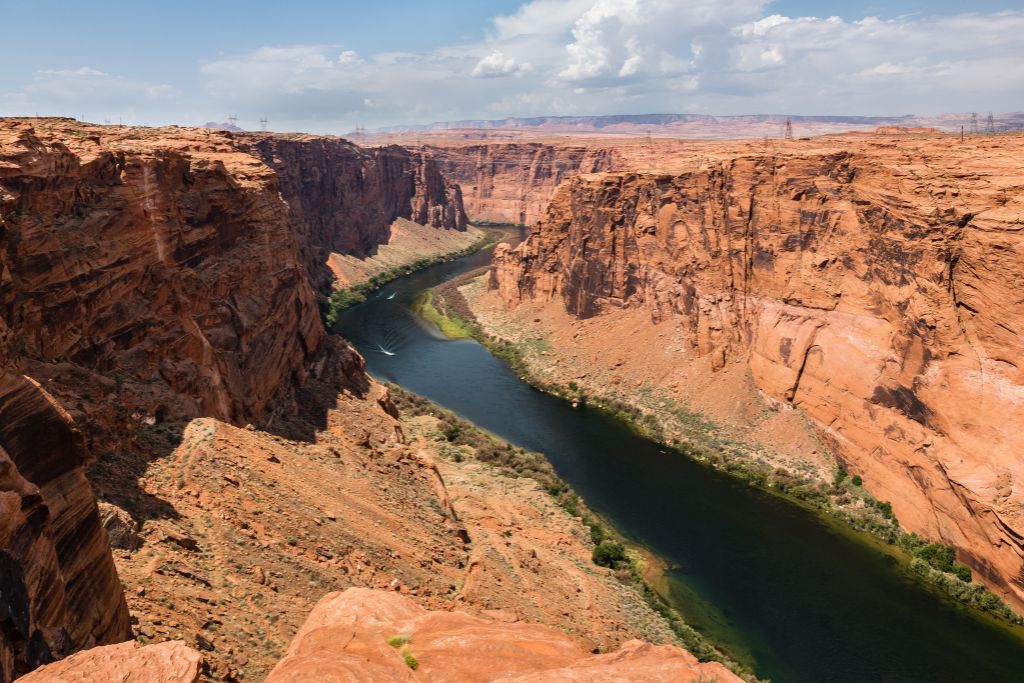The Navajo Nation had argued that their water rights were protected under an 1868 treaty.
—
The largest Native American reservation in the United States has lost a key legal battle with the Biden administration over its access to a critical waterway.
The Navajo Nation had argued that the federal government is legally obligated to address the tribe’s water needs from the drought-stricken Colorado River, which serves about 40 million people in the arid Southwest US.
According to the tribe, an 1868 treaty promised them sufficient land and water to establish a “permanent home” after being confined to a reservation. Nowadays, however, many Navajo residents survive on just a fraction of the water used by the average American citizen, and about one-third of the 175,000 reservation residents lack access to running water.
In a 5-4 ruling, the Supreme Court (SCOTUS) concluded that the treaty “does not require the United States to take those affirmative steps,” as conservative Justice Brett Kavanaugh explained in a statement.
“[I]t is not the Judiciary’s role to rewrite and update this 155-year-old treaty. Rather, Congress and the President may enact — and often have enacted — laws to assist the citizens of the western United States, including the Navajos, with their water needs,” he added.
The vote comes after a federal appeals court initially sided with the Navajo, a ruling that four states – along with major water users in California and Arizona – had prompted the Supreme Court to review. Last week’s vote in the Arizona v. Navajo Nation case effectively reverses that ruling.
The seven Colorado River Basin states spent the last months negotiating over how to address the river’s water shortage, the result of increasing demand and more than two decades of historic drought. They eventually agreed to collectively cut their water use by more than 3 million acre-feet as part of a landmark deal signed in May 2023 to prevent water shortages in the region.
In a scathing dissent, Justice Neil Gorsuch described the Navajo’s position as a “simple ask”.
“The Navajo have waited patiently for someone, anyone, to help them, only to be told (repeatedly) that they have been standing in the wrong line and must try another,” he wrote in a statement.
You might also like: Causes And Effects of Lake Mead and Colorado River Basin Water Shortage


















